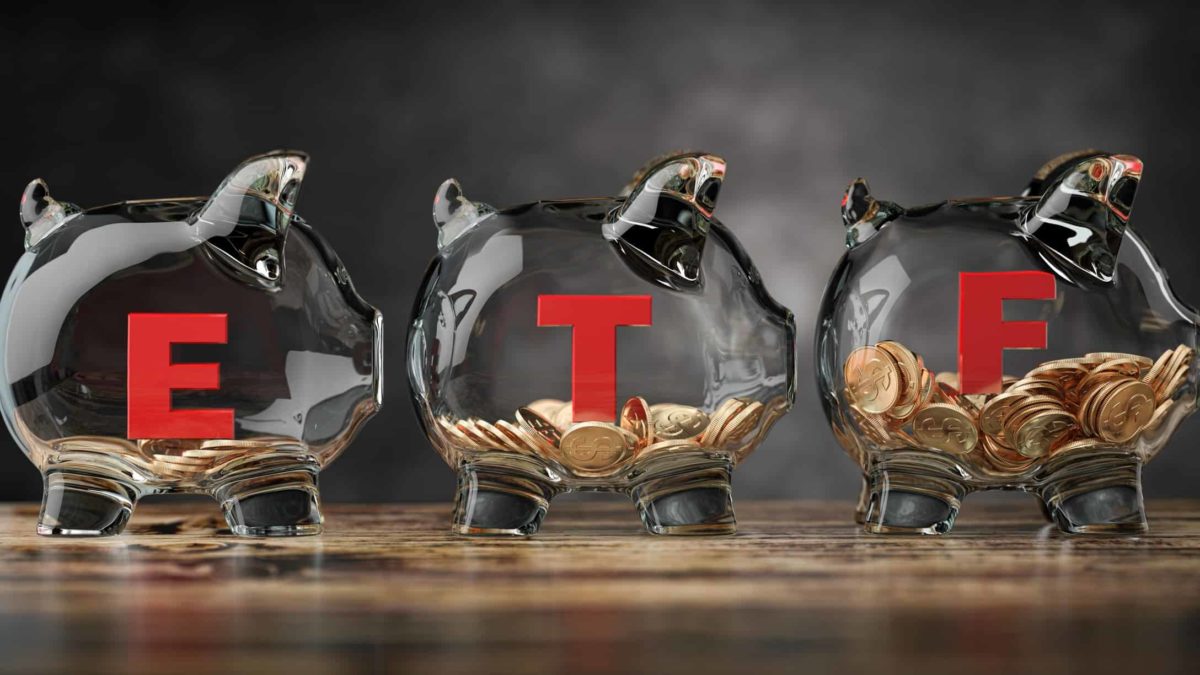Overall, 2021 was a pretty decent year for ASX shares and the share market in general. Over the year just passed, the S&P/ASX 200 Index (ASX: XJO) returned roughly 13% from January to December, with the added bonus of dividends and franking credits thrown in. Thus, any exchange-traded funds (ETFs) that track the ASX 200 Index would have returned similar gains.
But even though ASX index funds are some of the most popular ETFs with Aussie investors, not all ETFs track indexes like the ASX 200. And as such, not all ASX ETFs had such a lucrative 2021.
So here is a list of the worst-performing ASX ETFs from last year:
2021's worst ASX ETF performers revealed
BetaShares Asia Technology Tigers ETF (ASX: ASIA)
This ETF from provider BetaShares is first up. ASIA is a fund that tracks a basket of tech-focused shares from the Asia Pacific region. Many of its holdings hail from the People's Republic of China (43.9%), but it also has significant exposure to other countries like Taiwan, South Korea and India. You might recognise some of its top holdings like Taiwan Semiconductor Manufacturing Co, Samsung, Tencent Holdings and Alibaba Group Holding Ltd.
This ETF has clearly felt the repercussions of the slump in many Asian markets over the past year, particularly China's. It returned -14.94% last year.
iShares China Large-Cap ETF AUD (ASX: IZZ)
Another Asia-focused fund, this ETF from iShares was another poor performer last year. As you can probably gather from the name, IZZ invests in the largest companies in China. It holds many of the same companies as ASIA, including Alibaba and Tencent. But other names include Meituan, China Construction Bank Corp and Ping An Insurance. As we've just discussed, China hasn't had the best 12 months, and we can see this reflected in IZZ's performance. This ETF went backwards by 15.3% last year.
ETFS S&P Biotech ETF (ASX: CURE)
Despite its humorous ticker code, investors were probably not too amused by this fund's 2021 performance. CURE is a thematic ETF that focuses on US companies in the biotechnology space in fields such as genetic analysis and engineering. Some of its top holdings include Arena Pharmaceuticals, Biohaven Pharmaceuticals and Incyte Corp. Unfortunately for investors, this fund failed to engineer any growth last year, falling by 15.8% over 2021. Hopefully 2022 will CURE investors' woes.
BetaShares Strong Australian Dollar Fund (ASX: AUDS)
Here we have a different beast. This fund is a simple one and doesn't invest in shares at all. Instead, this ETF from BetaShares gives "geared exposure to changes in the value of the Australian dollar against the US dollar".
According to the provider, "AUDS generally expects to generate a positive return of between 2% and 2.75% for a 1% rise in the value of the Australian dollar against the U.S. dollar on a given day (and vice versa)". Unfortunately, the 'vice versa' is what occurred over 2021. This ETF fell a nasty 16.54% last year as the Aussie declined in value against the greenback for most of 2021.
Short ETFs top worst performing funds of 2021
Our final spot is shared jointly by three ETFs that proved very disappointing indeed for investors. This writer has grouped them together because they all operate in similar ways and their dismal performance can also be blamed on this. The BetaShares Australian Equities Strong Bear Hedge Fund (ASX: BBOZ), the BetaShares U.S. Equities Strong Bear Hedge Fund (ASX: BBUS) and the ETFS Ultra Short Nasdaq 100 Hedge Fund (ASX: SNAS) topped the ASX's worst ETF performers in 2021 with steep losses of 32.8%, 46.9% and 48.7% respectively.
These ETFs are 'short' funds that use leverage and other financial engineering to rise in value when the indexes they track fall. BBOZ inversely tracks the ASX 200, while both the BBUS and SNAS ETFs do the same for the US markets. Unfortunately for investors in these funds, both countries' markets rose strongly over 2021, resulting in these heavy losses.









